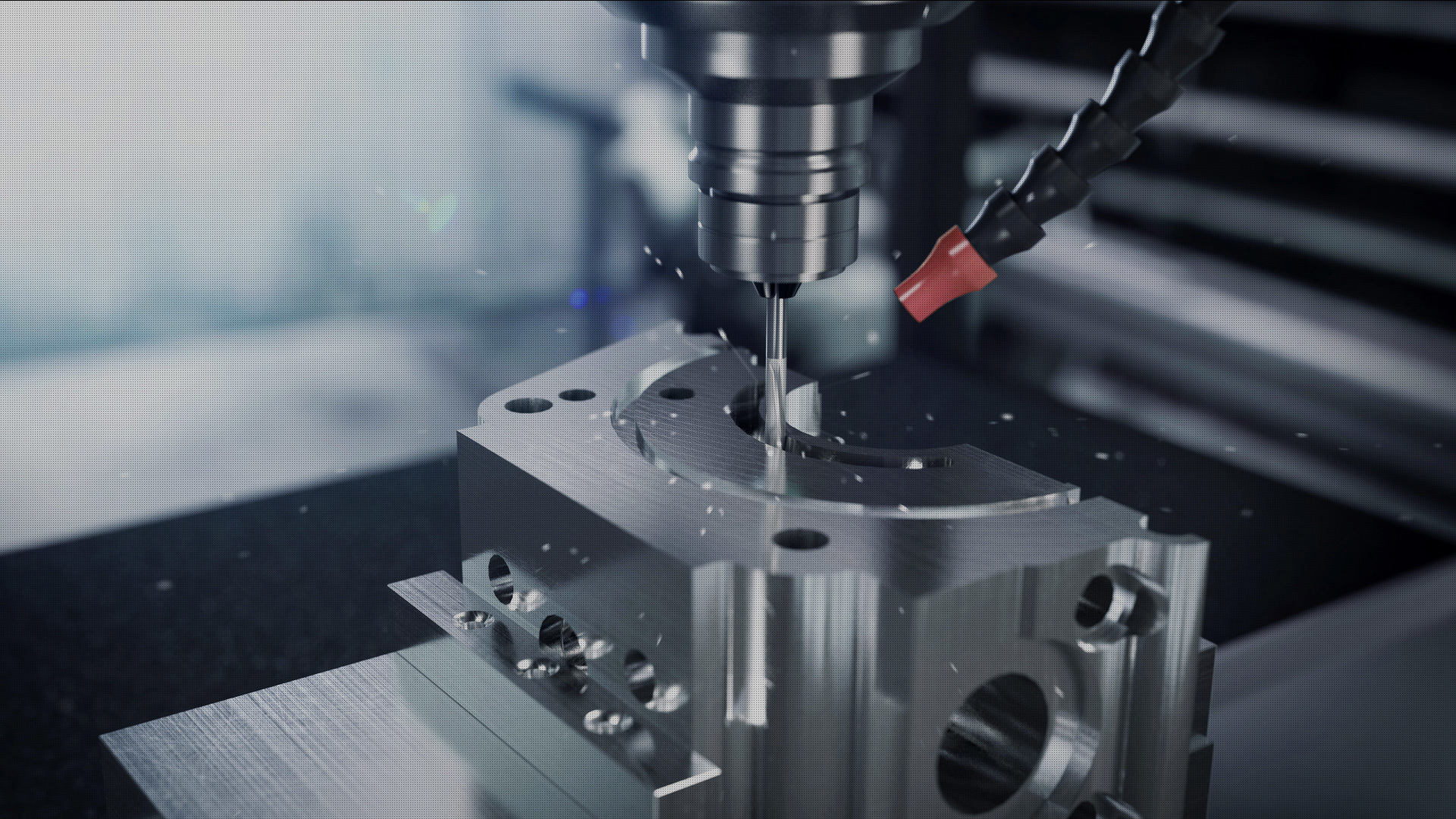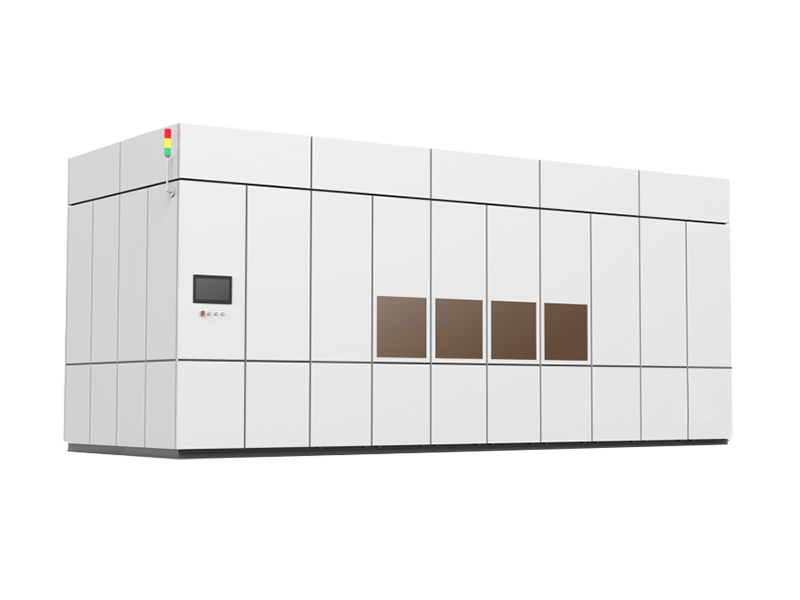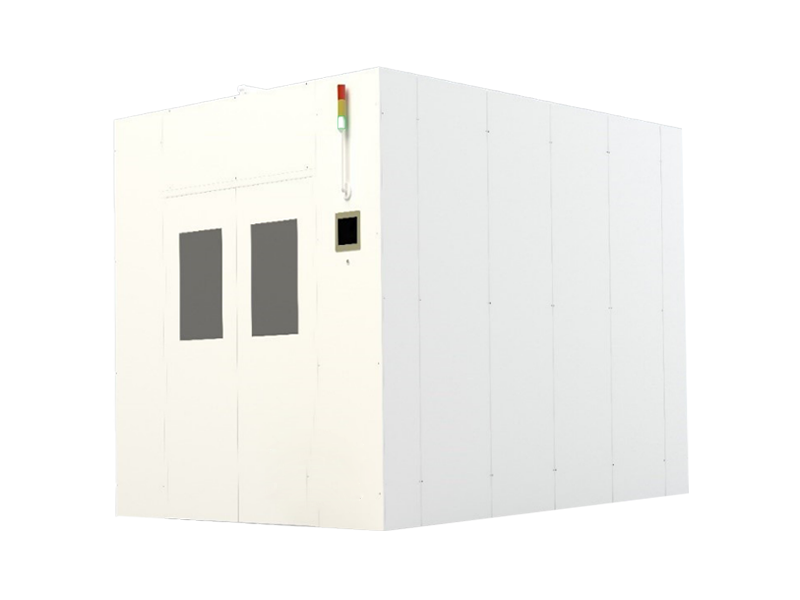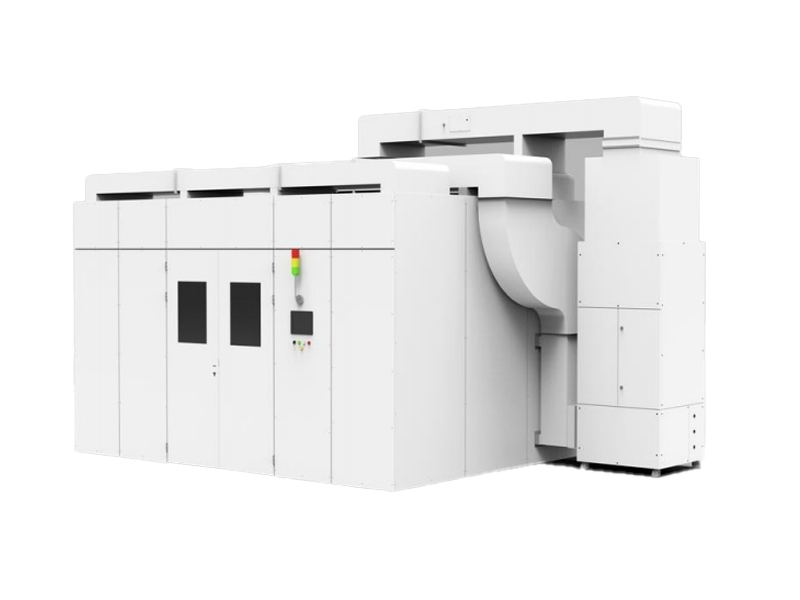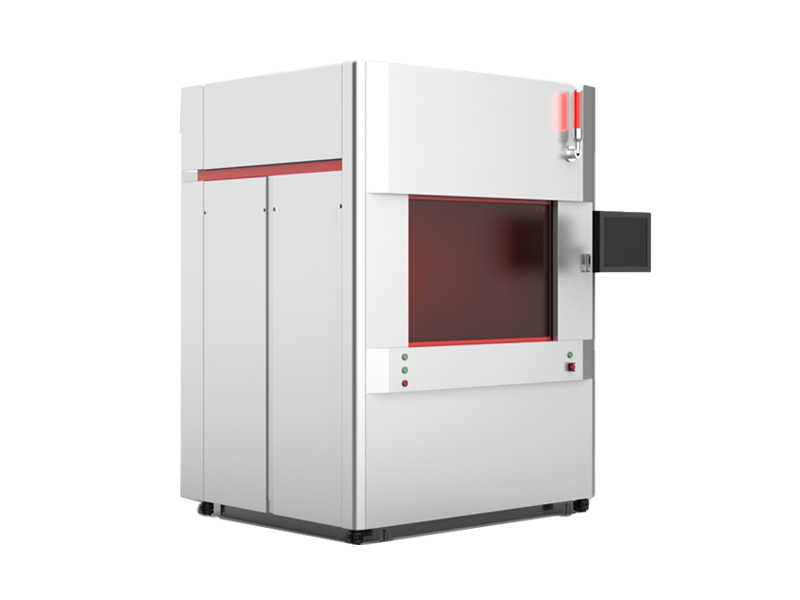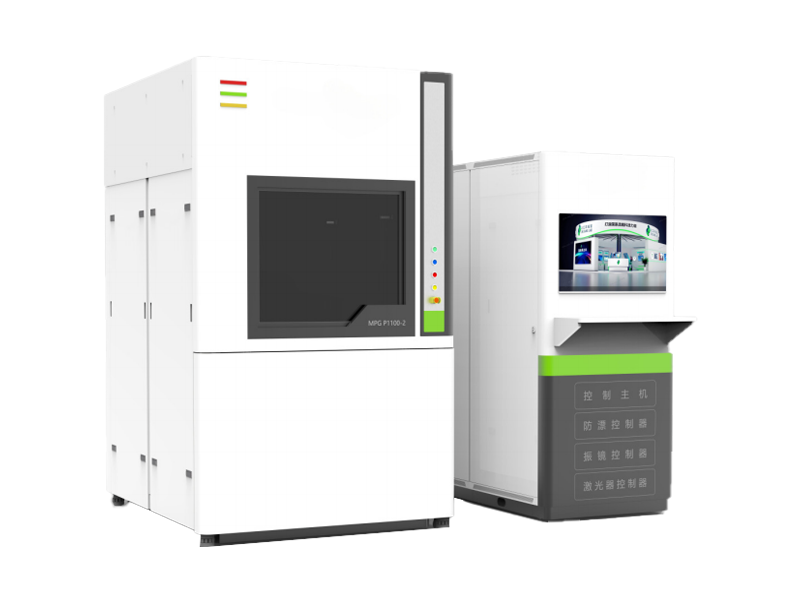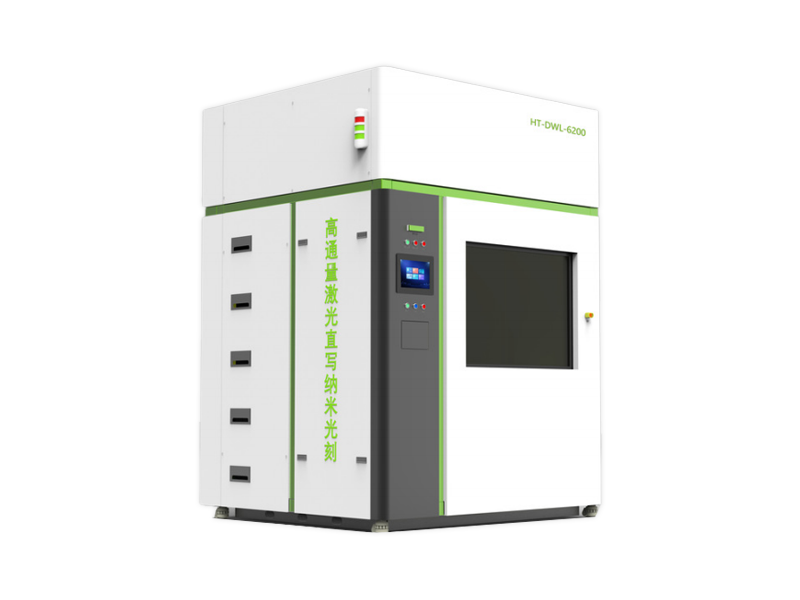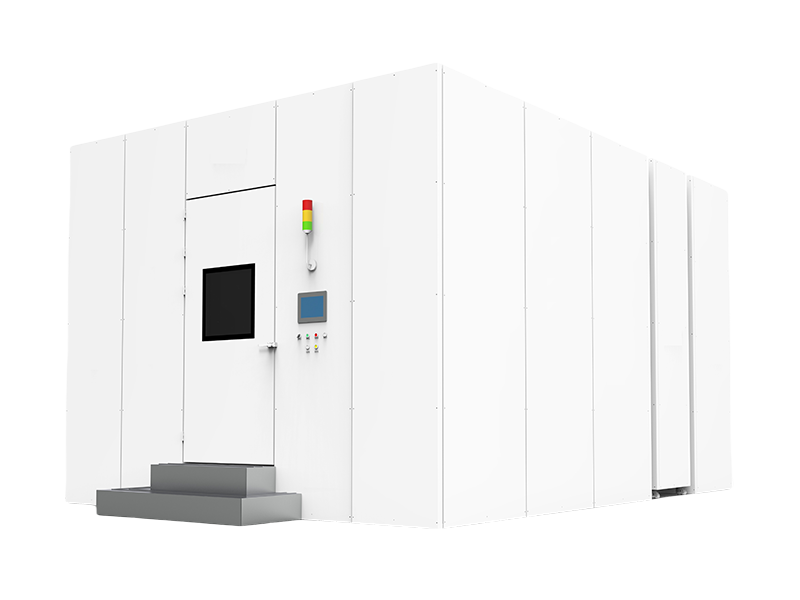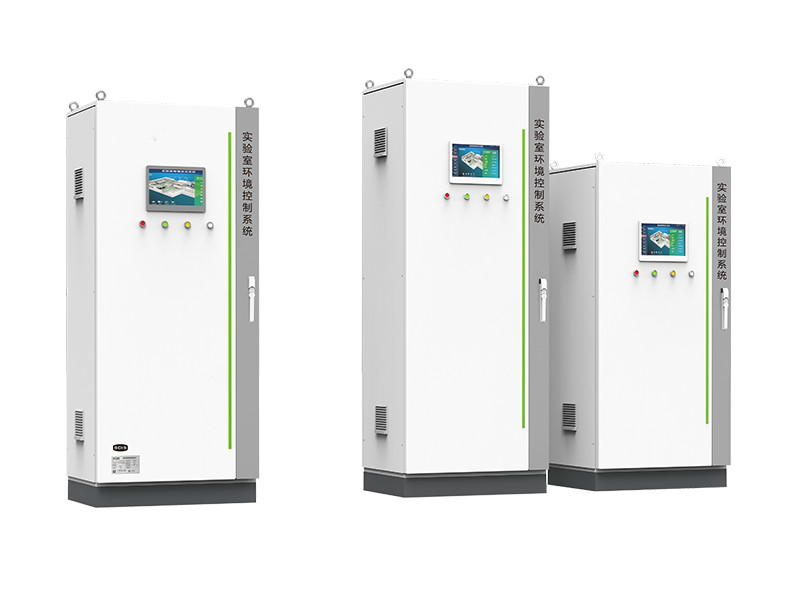Aerospace
1. Temperature Requirements
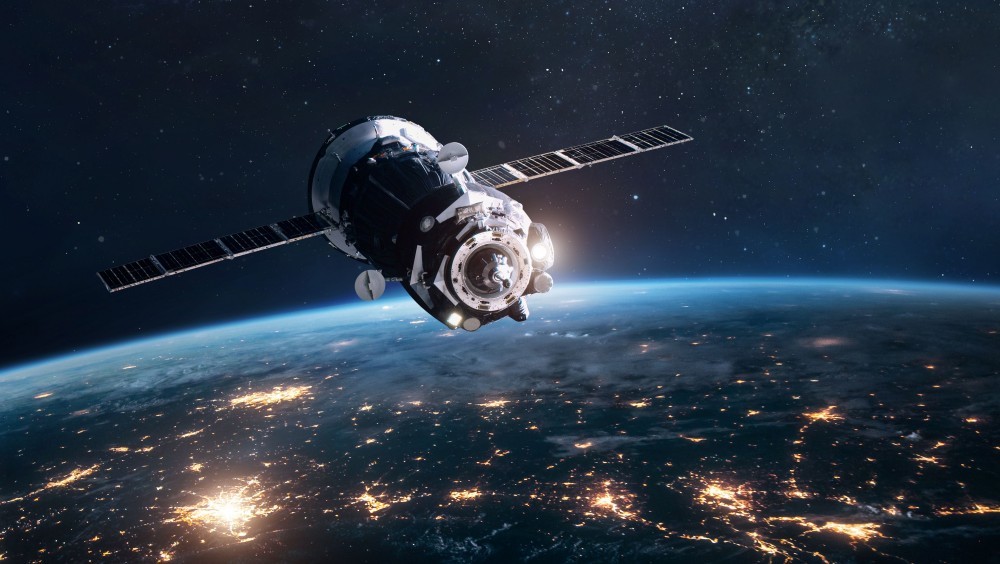 The temperature requirements of the aerospace manufacturing industry are mainly reflected in the following aspects:
The temperature requirements of the aerospace manufacturing industry are mainly reflected in the following aspects:
Production environment temperature: To ensure the stability of equipment and materials, the temperature of the production workshop needs to be controlled within a certain range. Most aerospace-grade electronic equipment is designed to operate normally between -55°C and +125°C, but some special applications may require a higher temperature range, such as -65°C to +200°C or higher. For some precision processing and measurement links, the temperature may need to be controlled within a more stringent range, such as 20℃±0.5℃ to 1℃.
Storage and transportation temperature: Aerospace products, especially electronic equipment, also need to strictly control temperature during storage and transportation to prevent performance degradation or damage due to temperature changes.
2. Humidity Requirements
Humidity is also crucial to the aerospace manufacturing industry. The specific requirements are as follows:
Production environment humidity: In order to maintain the stability of equipment and materials, the humidity of the production workshop needs to be controlled within a certain range. Aerospace assembly workshops usually require humidity control between 40% and 60% RH to ensure the good condition of workers and equipment. When the humidity is too high, it is easy to cause problems such as material oxidation and rust; when the humidity is too low, it may cause static electricity and have an adverse effect on the assembly process.
Sealed cabin humidity: For manned spacecraft, humidity control in the sealed cabin is equally important. The relative humidity requirement for astronauts' comfortable environment is 28% to 65%, and when the relative humidity is lower than 25% or higher than 80%, astronauts are allowed to work on orbit for no more than 12 hours. In addition, the humidity level also affects the normal operation of instruments and equipment and the physical safety of astronauts.
3. Cleanliness Requirements
Cleanliness is one of the key factors that cannot be ignored in the aerospace manufacturing industry. The specific requirements are as follows:
Production environment cleanliness: Aerospace manufacturing workshops, especially satellite manufacturing workshops, need to meet higher cleanliness standards. The density of particulate matter in the air cannot exceed 0.1 micrograms per cubic meter, and even needs to reach level 5 or above in the ISO-14644-1 standard. To achieve this goal, multi-stage air filters need to be installed in the workshop, including primary filters, medium efficiency filters, high efficiency filters, etc., and the filters need to be cleaned and replaced regularly.
Sealed cabin cleanliness: The sealed cabin of a manned spacecraft needs to be kept highly clean to prevent the growth and reproduction of microorganisms and reduce the possibility of astronauts contracting diseases. In addition, the cleanliness in the sealed cabin is also related to the normal operation of instruments and equipment and the physical health of astronauts.
4. Anti-microseismic Requirements
The demand for anti-microseismic equipment in the aerospace industry is crucial, which is related to the safety performance and stable operation of aerospace vehicles. In the field of aerospace, microseismic not only affects the precision components of aerospace vehicles, such as sensors, optical equipment, etc., but also interferes with the control system, thereby affecting the overall performance. Therefore, the selection and application of anti-microseismic equipment is particularly critical. In order to meet the high requirements of the aerospace industry for microseismic protection, professional anti-microseismic equipment has come into being. These devices use advanced materials and manufacturing processes, combined with sophisticated control systems, which can effectively reduce vibration interference during the operation of aerospace vehicles and protect key components from damage. By applying these anti-microseismic equipment, aerospace vehicles can maintain higher stability and safety to ensure the smooth completion of missions.
For example, in the manufacturing process of aerospace vehicles, high-precision measurement equipment is also required. These devices also need to face the challenges brought by microseismic. Therefore, creating an anti-microseismic environment for the equipment can ensure the accuracy and reliability of the measurement results and provide strong data support for the design and manufacture of aerospace vehicles.
*The above content is for reference only. For specific equipment selection, please contact us to customize the solution according to your site conditions.
Related Products
Polar Measurement (Nanjing) Technology Co., Ltd., as a mature manufacturer of high-precision environmental control equipment, we focus on innovation and development, and are committed to providing customized environmental control solutions for global enterprises, with strict temperature, humidity and cleanliness standards. Inject efficiency into your production environment.
immediate consultation
You can leave us your needs or suggestions online, and we will reply to you as soon as we receive them.


